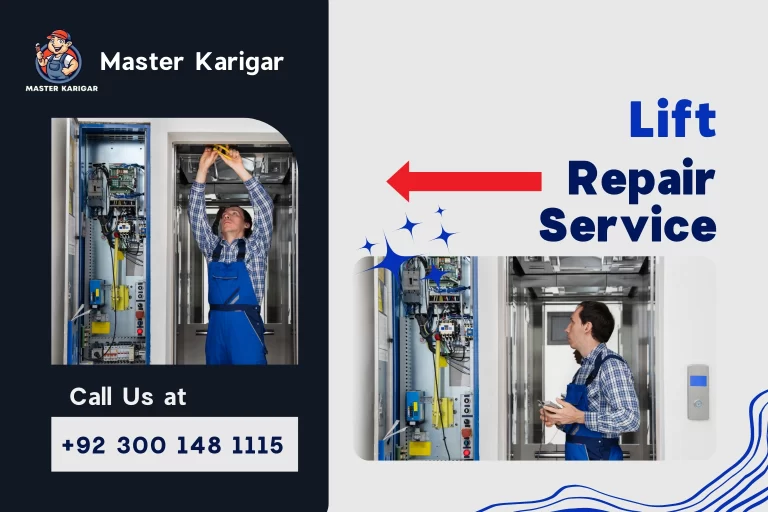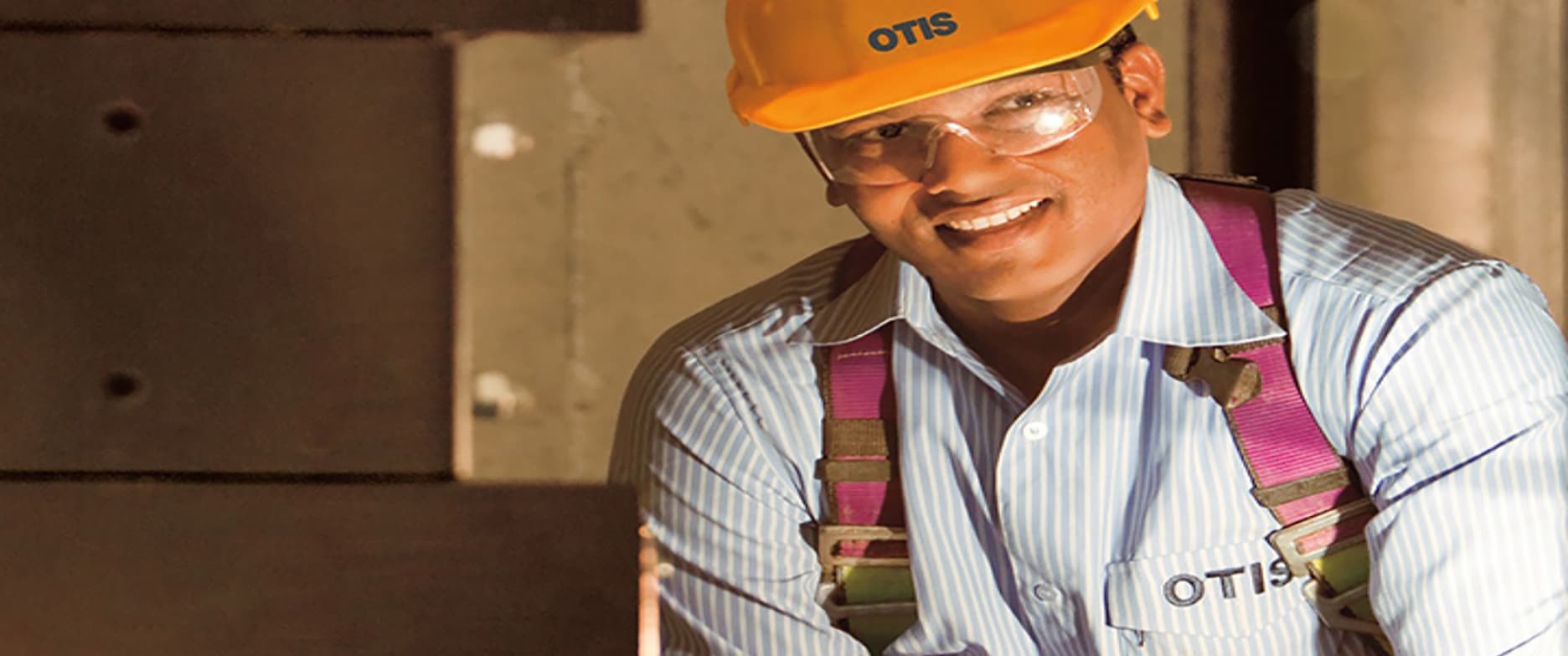Expert Lift Engineer Course: Training for Top Lift Repair Companies Near Me
Expert Lift Engineer Course: Training for Top Lift Repair Companies Near Me
Blog Article
Comprehensive Overview to Elevator Equipments and Their Maintenance
Navigating the intricate globe of elevator systems and their maintenance is a job that demands accuracy and understanding. From the various sorts of lift systems in operation to the meticulous adherence to safety and security policies, the upkeep of these upright transportation tools is a diverse endeavor. As structures soar greater and innovation advancements, the demand for a detailed understanding of elevator systems ends up being increasingly crucial. Join us as we unwind the complexities of lift maintenance, checking out common problems, best techniques, and cutting-edge modern technologies that shape the contemporary landscape of upright transportation.
Sorts Of Lift Systems
Lift systems come in different kinds, each created to suit particular structure needs and individual demands. One of the most typical types consist of hydraulic elevators, traction lifts, machine-room-less lifts, and vacuum elevators. Hydraulic elevators are ideal for low-rise structures and make use of a hydraulic piston to move the elevator automobile. Grip lifts, on the various other hand, are more fit for skyscrapers and use steel ropes and counterweights to move the cars and truck. Machine-room-less lifts are a space-saving option as they do not require a separate maker area for the lift equipment. Vacuum elevators, a more contemporary development, usage atmospheric pressure differentials to move the car within a clear tube.
Each sort of elevator system has its very own advantages and disadvantages, making it crucial for structure proprietors and designers to very carefully consider their certain requirements before selecting one of the most appropriate choice. Elements such as building elevation, area accessibility, energy performance, and budget plan restrictions all play a significant duty in figuring out the most effective elevator system for a certain building.
Common Upkeep Problems
Regular maintenance of elevator systems is vital to make sure smooth procedure and extend their life expectancy. In spite of routine upkeep, elevator systems can still experience common maintenance issues that require to be without delay resolved to protect against disturbances in solution. Routine assessments and positive maintenance can help recognize and settle these usual maintenance concerns prior to they rise and influence the general performance of the elevator system.
Safety And Security Laws and Compliance
Abiding by strict safety guidelines and guaranteeing compliance with industry requirements are critical for maintaining the operational honesty of lift systems. Elevators are subject to a comprehensive collection of safety guidelines to secure travelers, upkeep workers, and the general public. Regulatory bodies such as the Occupational Safety and Health Management (OSHA) in the USA and the European Lift Association (ELA) in Europe develop guidelines that cover numerous elements of lift style, setup, upkeep, and operation.
Conformity with these policies is not just a legal demand but likewise an ethical commitment for building proprietors and lift maintenance firms. Failing to satisfy safety and security standards can lead to penalties, legal responsibilities, and, most importantly, endanger the safety and security of individuals utilizing the lift. Regular assessments, upkeep checks, and adherence to safety procedures laid out in the regulations are vital to guarantee the efficient and risk-free procedure of lift systems. By focusing on safety policies and compliance, stakeholders can maintain the trust of the public and reduce prospective threats linked with lift use.
Finest Practices for Upkeep

Structure owners should additionally consider spending in modernization upgrades to boost the effectiveness and safety and security of their lift systems. By following these finest practices, lift systems can operate efficiently and safely, supplying reputable vertical transport for occupants.

Advanced Technologies for Efficiency
Carrying out innovative modern technologies in lift systems can considerably boost functional efficiency and guest experience. These systems enable passengers to input their wanted floor prior to going into the lift, which then routes them to the most effective vehicle.
In addition, the combination of smart sensing units and predictive upkeep capabilities has actually transformed lift upkeep. These sensing units can spot prospective issues before they intensify, allowing aggressive upkeep interventions and reducing downtime. Furthermore, the use of regenerative drives and energy-efficient elements helps in reducing power intake and operating costs in lift systems.
Furthermore, the application of cloud-based surveillance and remote diagnostics permits real-time monitoring of lift performance and instant troubleshooting of any kind of malfunctions. This positive technique not just improves system dependability yet also improves the general customer experience by guaranteeing smooth and undisturbed elevator operations.
Final Thought
To conclude, understanding the different kinds of elevator systems, typical upkeep concerns, safety regulations, finest upkeep methods, and progressed modern technologies for performance is important for making sure the smooth procedure of lifts. By sticking to safety and security regulations and implementing best practices for upkeep, building owners can prolong the lifespan of their elevator systems and ensure the safety of passengers. It is essential to stay updated on the most recent developments in elevator technology to improve performance and integrity.
The most usual kinds consist of hydraulic elevators, traction elevators, machine-room-less why not check here lifts, and vacuum cleaner lifts. Hydraulic lifts are optimal for low-rise structures and utilize a hydraulic piston to move the elevator vehicle. Machine-room-less elevators are a space-saving alternative as they do not require a separate equipment area for the elevator machinery. Normal inspections and proactive upkeep can aid determine and solve these typical maintenance problems before they escalate and influence the general performance of the lift system.

Report this page